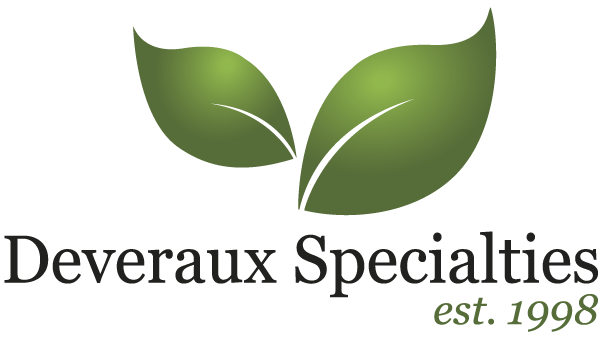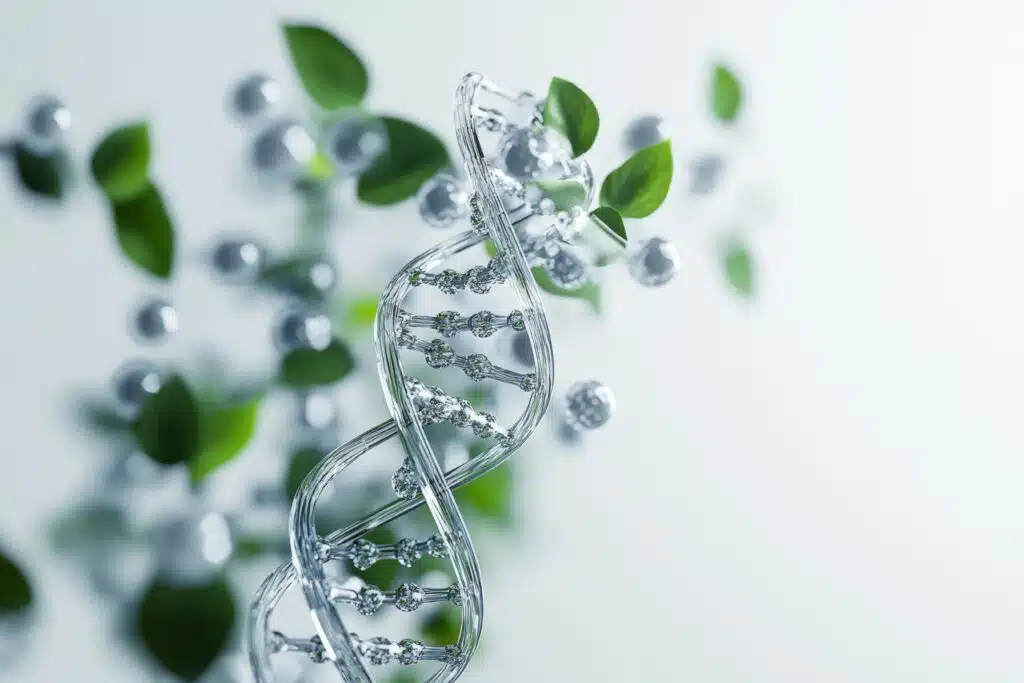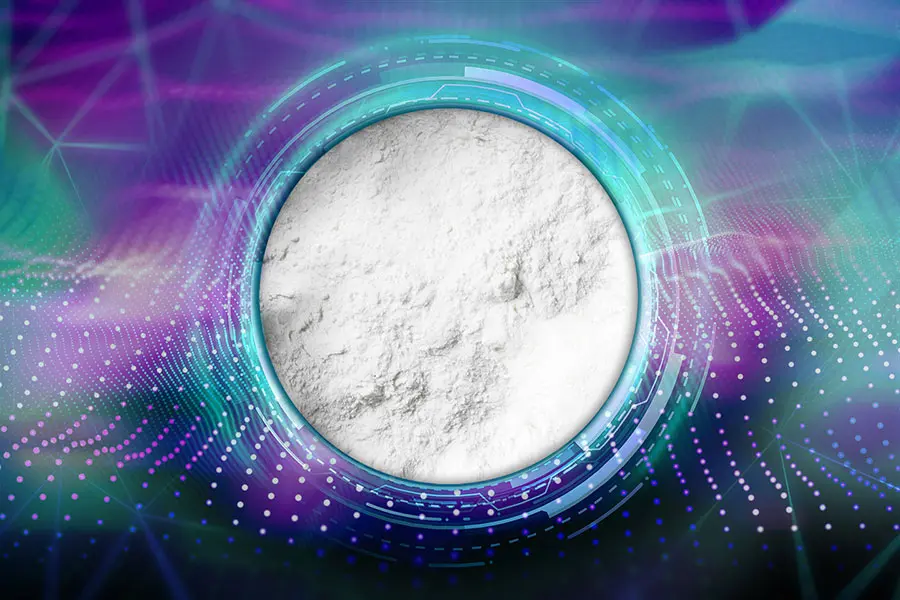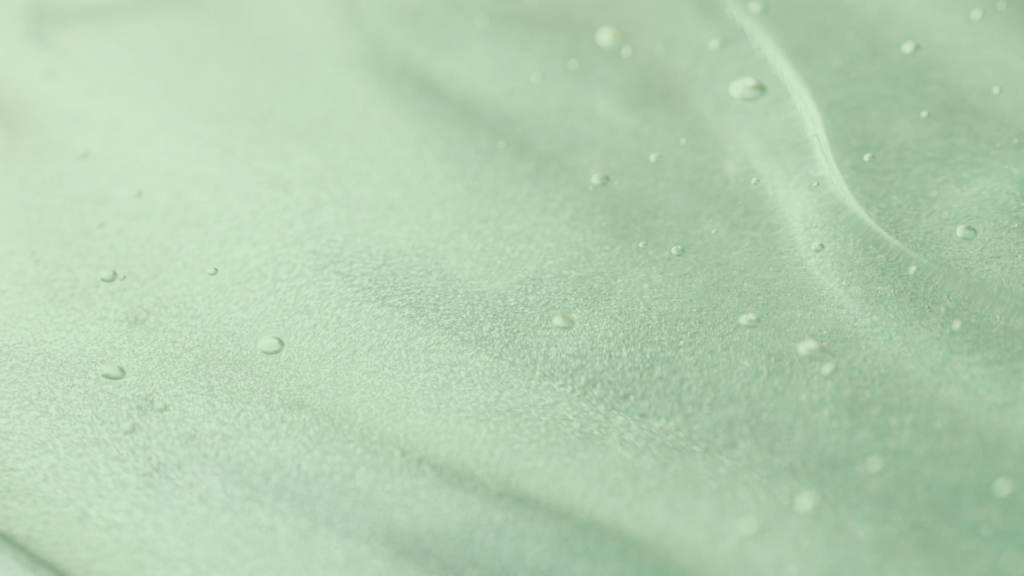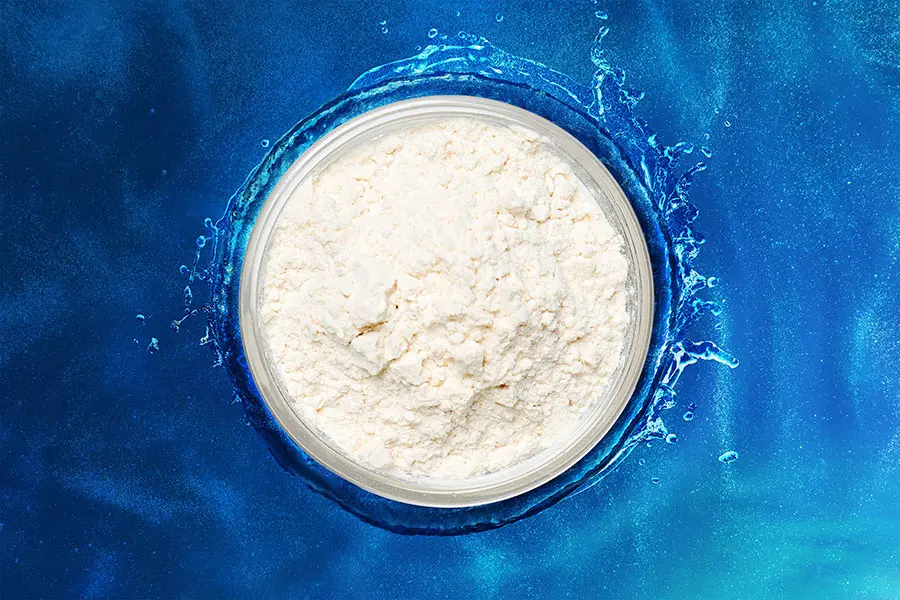Olivoil Specialties and the Science of Upcycling: A Smarter Path to Sustainable Formulation
In the current landscape of cosmetic research and development, we’re witnessing a shift—not just in what we formulate, but in how we approach raw material selection. It’s no longer enough to focus solely on performance. Today, sustainability is a required parameter in the development equation. This is where Kalichem’s Olivoil Specialties stand out—not only for their efficacy, but for how they’re made.
These are ingredients born from upcycling, the practice of taking what was once considered waste and transforming it into high-function, biocompatible surfactants, emulsifiers, and actives. The science is elegant, the execution precise, and the implications for formulation are both ethical and technical.
Let’s break it down.
What Makes Olivoil Special?
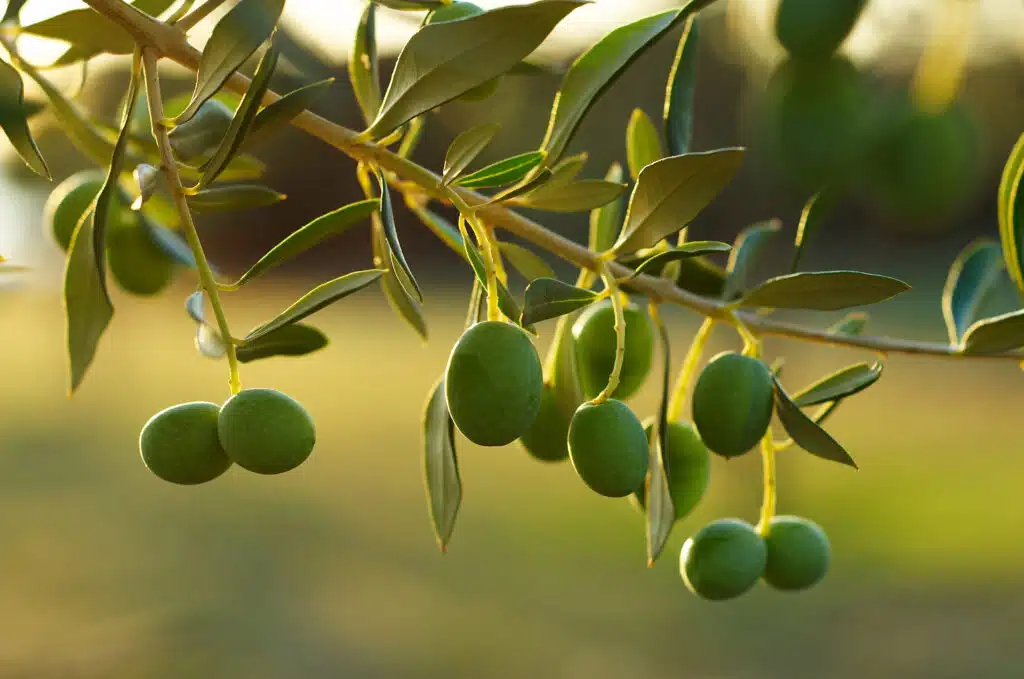
Kalichem’s Olivoil Specialties are a range of non-ethoxylated, vegetal-origin ingredients including emulsifiers, surfactants, and functional actives. What sets them apart is their upcycled origin: they’re developed using fatty acids derived from “lampante” olive oil—an inedible, high-acidity byproduct of olive oil production—combined with hydrolyzed vegetable proteins and sugars obtained from cereal byproducts like oat, rice, and wheat.
The result? Ingredients that bridge the gap between functionality and responsibility.
The Role of Lampante Olive Oil
Olive oil production begins with the harvest and continues through a series of stages: washing, pressing, kneading, grinding, and storage. These steps yield several types of olive oil, which are classified based on their free fatty acid (FFA) content—specifically, the amount not bonded to glycerol in the form of triglycerides. This FFA level determines the oil’s acidity, which in turn defines its classification under EU Regulation 2019/1604.
Here’s a simplified breakdown of olive oil grades by acidity:
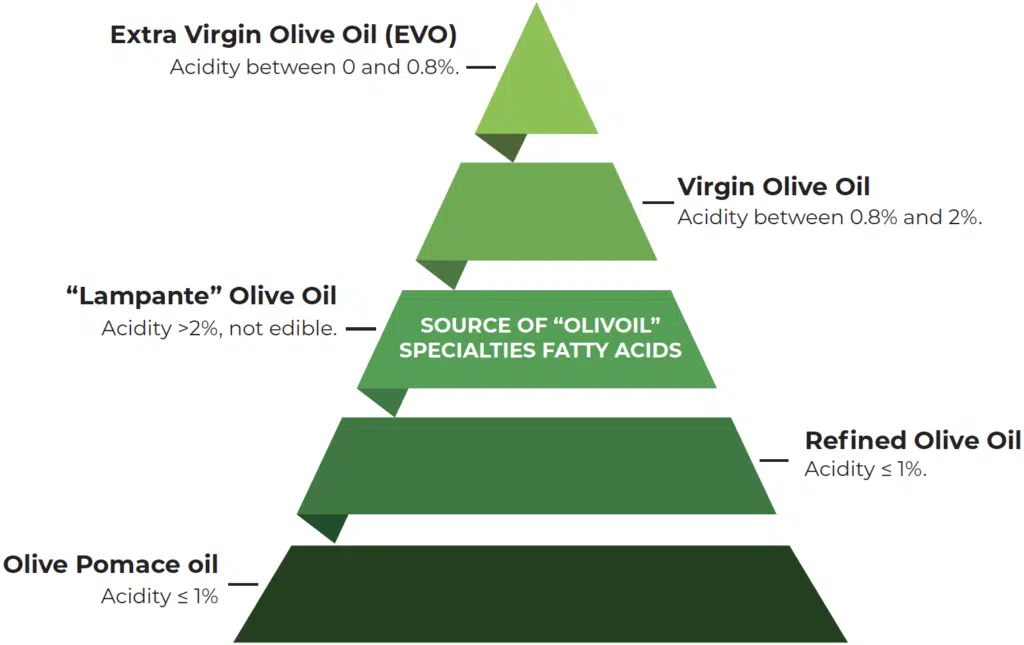
Lampante olive oil—named after its historical use in oil lamps—is considered unfit for food due to its high acidity. However, it remains a valuable source of free fatty acids, which are critical in the production of high-function cosmetic materials.
Rather than discard this oil, Kalichem leverages its fatty acid content through hydrolysis of the triglycerides. These fatty acids are then condensed with vegetable-derived amino acids, themselves byproducts of cereal starch and fiber extraction (from oat, wheat, rice, and similar grains). The result is a family of upcycled surfactants, emulsifiers, and actives that form the Olivoil Specialties line—each designed to deliver functional, skin-compatible performance while reducing environmental waste.
The Upcycling Process, in Brief
Kalichem’s Olivoil Specialties are developed through a proprietary upcycling process that begins with two food-industry byproduct streams: lampante olive oil and cereal starch residues. Lampante olive oil, which is unsuitable for consumption due to its high acidity, is rich in triglycerides that are hydrolyzed to release free fatty acids—forming the lipophilic base of Olivoil ingredients. Meanwhile, proteins from oat, wheat, and rice byproducts are enzymatically hydrolyzed into short-chain peptides and amino acids, supplying the hydrophilic component.
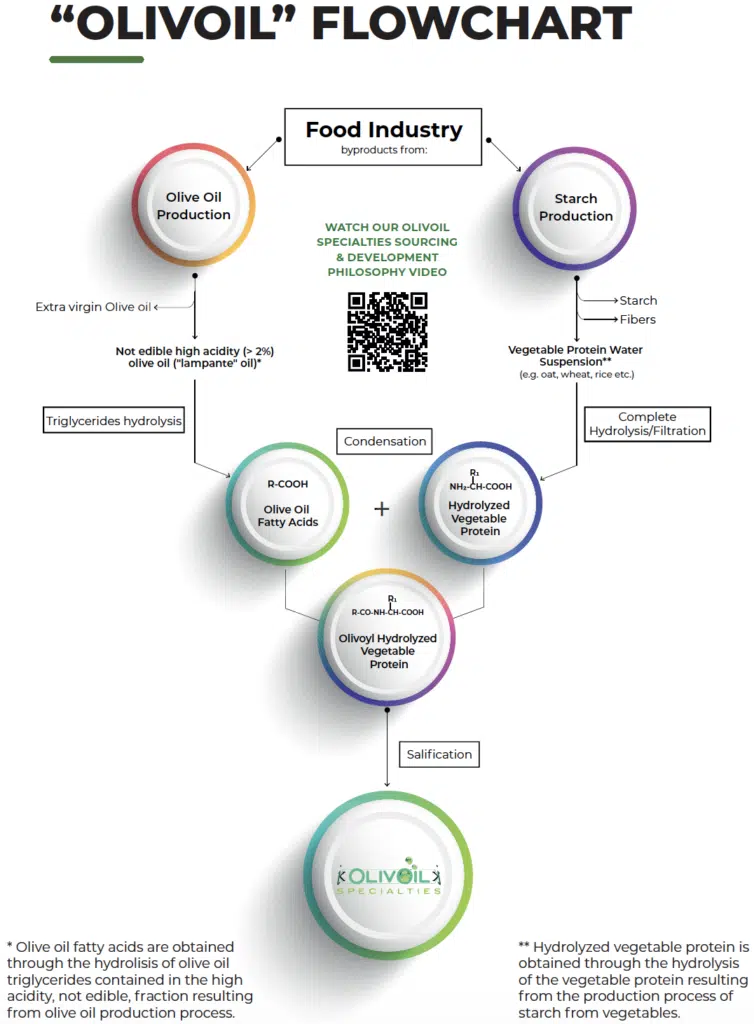
These two components are then joined through a controlled condensation reaction, resulting in amphiphilic molecules well-suited for use as surfactants, emulsifiers, and functional actives. The final processing steps—salification, filtration, and additional hydrolysis—ensure that each Olivoil Specialty meets rigorous standards for purity, stability, and cosmetic performance. This science-driven approach transforms food waste into high-value, multifunctional ingredients optimized for modern formulation.
Why Upcycling Olive Oil Matters
Let’s take a scientific detour. Olive trees are perennial crops. Unlike annuals (soy, corn, sunflower), they don’t require yearly planting, which significantly reduces soil disruption and resource input. Their deep root systems improve water retention, and they thrive in rain-fed environments—70% of plantations require no irrigation. One hectare of olive trees can offset an individual’s annual carbon footprint.
Compare this to the environmental load of food waste—responsible for 8% of global greenhouse gas emissions—and the argument for using every part of a crop becomes not only reasonable, but necessary.
When Kalichem upcycles the waste stream of the olive oil industry, they’re not just preventing waste—they’re generating measurable ecological value and contributing to the circular economy.
The Chemistry of Compatibility
From a formulator’s perspective, Olivoil ingredients shine due to their biocompatibility and mildness. The long-chain fatty acids in olive oil (like oleic and linoleic acid) resemble the lipid structures in human skin, making them well tolerated even by sensitive users. These ingredients integrate naturally into skin’s hydro-lipidic barrier, promoting moisture retention and improving feel.
Here’s what this means in formulation:
A Family of Functions
The Olivoil range is segmented by protein or sugar source, each with unique cosmetic benefits:
PEG-Free and Purpose-Built
All Olivoil ingredients are PEG-free, sulfate-free, and non-ethoxylated. They meet COSMOS and ECOCERT standards, and are BSE, CMR, and GMO free. But these aren’t just checkboxes—they’re decisions rooted in sound chemistry and environmental stewardship.
Where conventional surfactants often rely on fossil-based ethylene oxide or harsh sulfates, Kalichem avoids those pathways entirely. Instead, they use gentle condensation reactions to bind olive oil fatty acids with biocompatible proteins or sugars, creating amphiphilic molecules with exceptional performance and low irritation.
Applications with Breadth
Because of their structural versatility, Olivoil Specialties are found in nearly every category of personal care:
- Cleansers: Shower gels, shampoos, micellar waters, and intimate hygiene products—offering gentle cleansing with rich foam.
- Skin Care: Creams, serums, lotions, and sprays—bringing mild emulsification with a natural touch.
- Makeup & Sun Care: Thanks to their particle size range (3–7 microns) and pigment stabilization abilities, these emulsifiers are ideal for BB creams, foundations, and mineral-based SPF products.
- Waterless Formulations: Solid bars, tablets, powders, and jellies—benefiting from the natural origin and high performance without water waste.
From Raw Material to Responsible Innovation
In the end, Olivoil Specialties aren’t just ingredients. They are evidence of how thoughtful formulation starts with thoughtful sourcing. They demonstrate how biotechnology and traditional agriculture can work in tandem to produce cosmetic materials that meet today’s demands for efficacy, safety, and sustainability.
They are the kind of raw materials that don’t just meet performance expectations—they challenge us to redefine what responsible formulation looks like.
Looking to integrate smarter materials into your next project? Explore the full line of Olivoil emulsifiers, surfactants, and actives available through Deveraux Specialties. Each one is a step toward a more intelligent, sustainable future in formulation.
